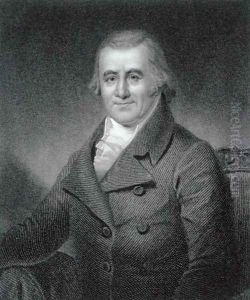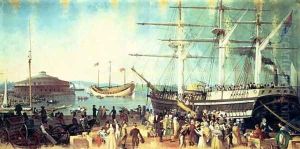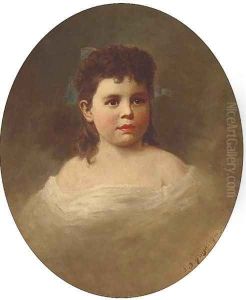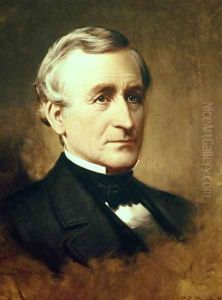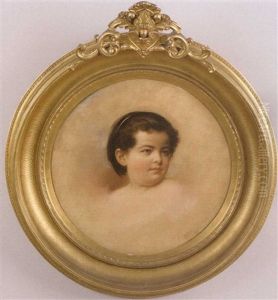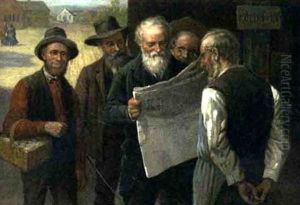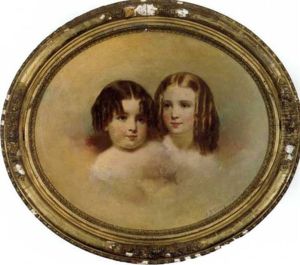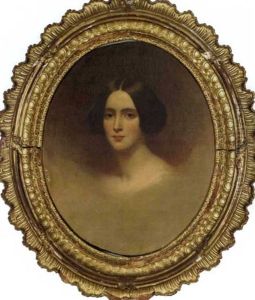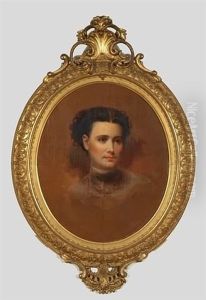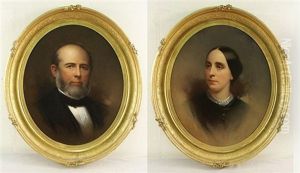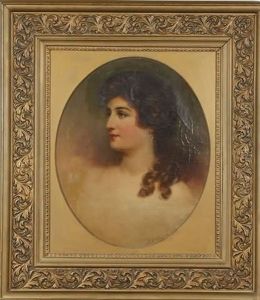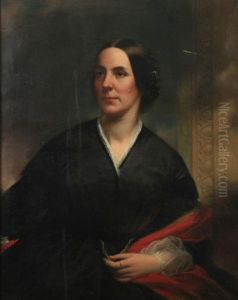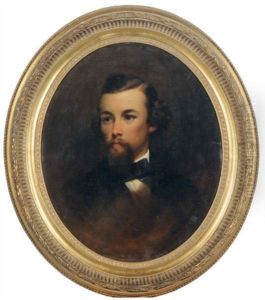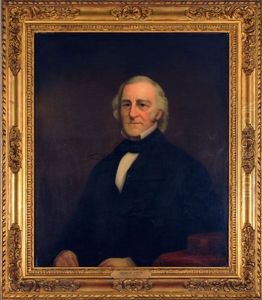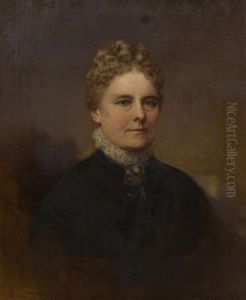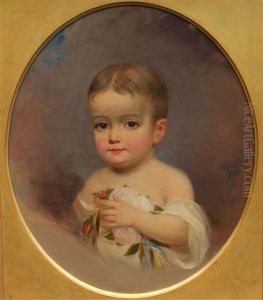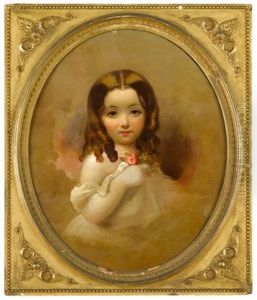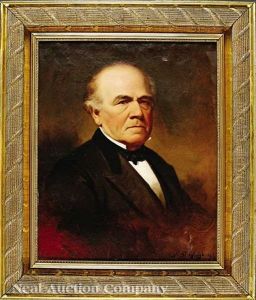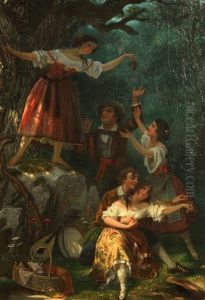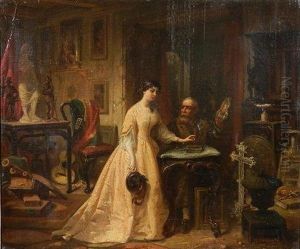Samuel Bell Waugh Paintings
Samuel Bell Waugh was an American artist known for his portraits, landscapes, and genre paintings during the 19th century. Born on May 16, 1814, in Mercer, Pennsylvania, Waugh began his artistic journey at a young age. Influenced by the Hudson River School, his early work reflected a keen interest in landscape painting, which he initially pursued alongside his career as a portraitist.
Waugh studied under the tutelage of John Neagle in Philadelphia, who was a prominent portrait painter of the time. His education continued as he traveled to Europe in 1838, where he spent several years studying the Old Masters and refining his technique. During his time in Europe, he was particularly influenced by the work of Thomas Lawrence and other European portraitists.
Upon returning to the United States in the early 1840s, Waugh established himself in Philadelphia and then later moved to Boston. His reputation as a skilled portraitist grew, and he received commissions to paint many notable figures of his time, including politicians, businessmen, and other prominent individuals. His portraits are characterized by their detailed realism and the subtle interplay of light and shadow, capturing the personality and stature of his subjects.
In addition to portraiture, Waugh was also celebrated for his genre scenes, which often depicted everyday life with a sense of warmth and charm. His landscapes, inspired by his early admiration for the Hudson River School, captured the natural beauty of the American scenery with a romantic sensibility.
Throughout his career, Waugh exhibited his work at various institutions, including the Pennsylvania Academy of the Fine Arts and the National Academy of Design. His contributions to the American art scene were significant, as he bridged the gap between European academic painting and the burgeoning American art movement of his time.
Samuel Bell Waugh passed away on April 18, 1885. His legacy endures through his paintings, which remain a testament to his skill and versatility as an artist. Waugh's work is held in numerous collections and continues to be appreciated for its historical value and artistic merit.
